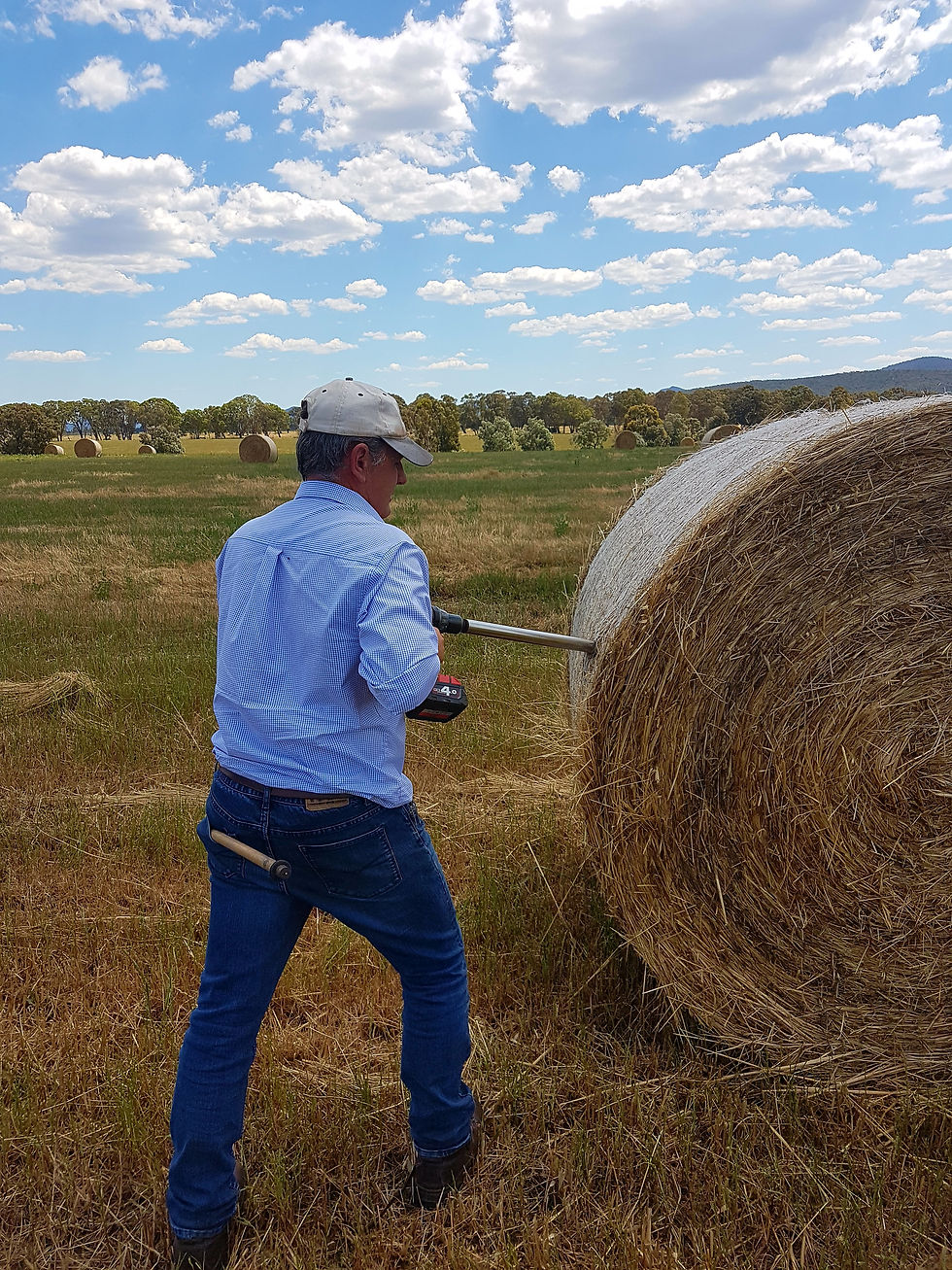My Trip Abroad
- Mikaela Baker

- Aug 14, 2018
- 4 min read

Earlier this year I received the Travel Grant from Dairy Australia to attend the American Dairy Science Association (ADSA) Conference in Knoxville, Tennessee in the United States.
The objective of the grant was to send four up-and-coming dairy scientists to gain insights in American dairy systems and see the cutting edge of dairy research.
Through the support of Dairy Australia and TRAC I took the opportunity to spend almost 6 weeks in the states working and exploring all that America has to offer!
I kicked off my first week by spending two and half days with Feedworks US, visiting some of their clients to look at free-stall barns and open-lot dairy setups.
Over the two days we looked at dairies that ranged from 1,300 cows to 9,000 cows. The seasonal extremes in California cause great challenges in heifer rearing, dry cows and lactating cow production.
Throughout summer, temperatures can easily exceed 40 degrees. Therefore, all farms had installed fans in the calf hutches, dry cow pens and milking cow pens. The calves were also given electrolytes every afternoon to ensure they stayed hydrated to reduce their risk of becoming sick and maintaining their starter intake.
With a great deal of research coming to light about the detrimental impacts of heat stress on dry cows and the future production of their progeny, fans and sprinklers have been a recent investment for pregnant heifers and dry cows.
The milking cows live a life of a bit more luxury, getting fans over the beds and timed sprinklers to stand under in the shade of their barn, a short walk to the milking parlor where there are even more fans and sprinklers.
In California, dry lots – pens with a small shade shelter – were historically the most popular due to their simple set up. Now, the most common and preferred set up by most in this area are free-stall barns. Managed well, the free-stall barns create great comfort, ease of access to food and water, easily implemented cooling systems and low disease risk.
The body condition from young pre-weaned heifers through to the high production cows was well managed. Each animal had excellent condition and uniform across all animals. The ability to meet all their energy, protein and nutrient needs through the TMR system, every day of their lactation and throughout the dry period creates a different production animal.

The primary purpose of the visit was to attend the American Dairy Science Association conference in Knoxville, Tennessee. I had the opportunity to catch up with the other Australian’s in attendance and meet some researchers from America and around the world doing ground breaking research in dairy science.
The days were full of one-after-the other speakers presenting what they have been studying to find out more and further finesse production systems for better cow comfort, longevity and production.
Some major topical segments were the importance of preventing and managing lame cows, especially through lactation but also the significant and long-lasting impacts that lameness from the dry cow period can have on future production.
Continued research in calf rearing, milk concentrations and weaning management is always valuable. Calf rearing is an area that will always be improving as we learn more about growth and development of the calf.
A major take-away for me was a long discussion with a researcher about compost barns. He had been working with a farm for a number of years and looking at the change in production and profitability in moving from a free stall barn to a compost in Argentina. The farm was situated in a high rainfall zone that received approximately 1000mm rainfall per year. To ensure the compost was dry and comfortable to the cows, they had placed a moisture meter in the pack to be on top of any moisture changes that would require additional composting material. Special focus was placed on the stocking rate and carbon to nitrogen ratio of the compost.

After the conference, I followed on with a final dairy visit in California, thanks to Zinpro US. Almost all cows in California are fed by TMR (Total Mixed Ration), with the farms bordered by a sea of green maize being grown for silage.
The TMR protocol is very strict, with dry matter (DM) of silages being rechecked 2-5 times per week to allow readjustments to ensure the DM of the ration remains the same.
A large number of farms monitor the mixer wagon drivers mixes to ensure consistency. The kilograms of each feed component are stored and compiled in a computer program to allow real time monitoring and historical data.


Consistency is a word you will hear from every farm owner, manager and daily operators. Keeping the routine for the cows identical each day means the cows can be relaxed and produce more milk.
As I learnt over the 2 days spent with the Zinpro team, a key common ground between all farms was the importance in identifying sick cows early, having the milkers strip every cow, every milking to check for mastitis and having the drovers pull out suspected lame cows from scores 2+ as a priority.
All in all, I had an amazing experience in the US and would go back and visit in a heartbeat. If you have any questions regarding the topics I mentioned, America or dairy in general please don’t hesitate to flick me an email or call up for a chat!




Comments